

STI Testing & Information
STI 101 (Sex Ed. Basics): Online
Hello,
HIV Alliance is committed to educating Oregon’s students about sexual health to prevent the spread of viruses. STI testing is a critical component of sexual health education, which empowers individuals to take charge of their well-being. Please use this site as a resource for basic information about HIV and other sexually transmitted infections. This online assignment is simple to complete in just three steps!
HIV Alliance’s Education Program meets the state requirements for Oregon’s Comprehensive Sexuality Standards. For parents or teachers seeking more information or additional resources, please don’t hesitate to contact us. Thank you for engaging with this important program!
Becky Noad
Northern Prevention & Education Manager, HIV Alliance
education@allianceor.org
Sexually Transmitted Infections and Diseases
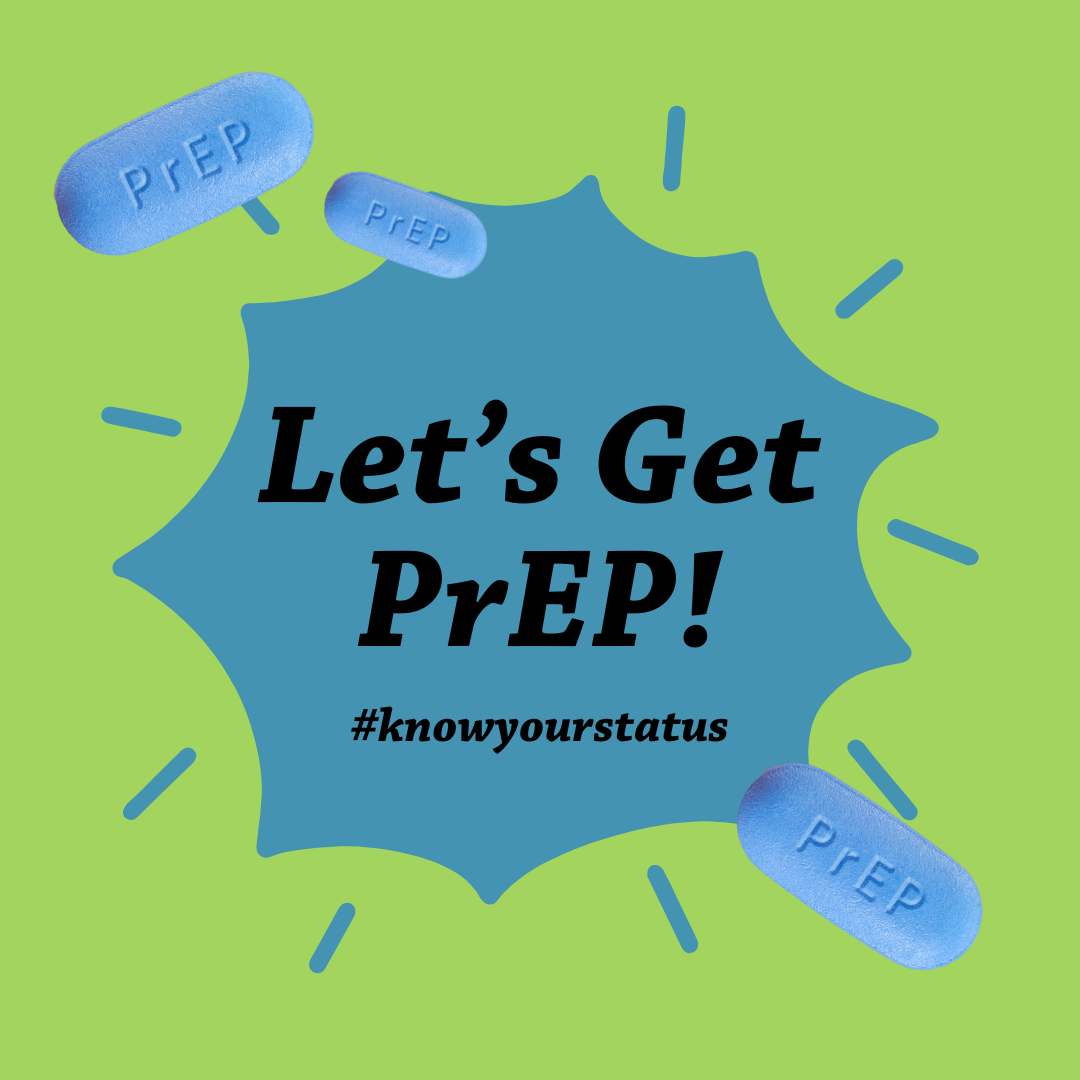
STI’s and STD’s are terms that are often talked about in health class through school and home. It’s important to know about these so that you know how to avoid them as well. This lesson will look at the differences between viruses and bacteria; as well as some simple terms regarding sex.
The differences between an infection and disease are very subtle. An infection is when a bacteria or virus enter one’s body and begin to multiple within that body – generally taking over cells and tissue. “Infection” is the first stage. After that virus or bacteria continue to grow and spread THEN it can become a disease when the cell or tissue is damaged and/or changed. This may become clearer when discussing certain STI’s that can become STD’s. Simply, somebody can be infected but not have the disease, and often a disease must come from an infection.
STI’s can be transmitted in multiple ways: some from skin-to-skin contact, some through blood-to-blood contact, and some from sexual intercourse or the contact between genitals. There are many different symptoms from the many different infections we know about and occasionally symptoms are not present at all – meaning that it requires a test to be sure.
Some infections come from bacteria and some come from viruses.
Bacteria are single-celled microorganism that can thrive in many different environments. Many forms of bacteria do not harm humans at all (think of the bacteria and live cultures within yogurt or other fermented foods that aid in our own digestions). Often, anti-biotics are used to treat bacterial infections. Some common virus infections are strep throat, salmonella poisoning, or tuberculosis.
Viruses are microscopic agents too that use another cell or tissue as a host to replicate and grow – in that way they act like parasite and can sometimes be talked about like such. It is made up of genetic material (DNA/RNA) and spreads by mixing its genetic material with that of the host cell it infects. Viruses are very tricky and have been known to spread rapidly and dangerously. Viruses have wreaked havoc on humans for many centuries. The common cold is a virus, as is influenza and SARS-CoV-2 virus (COVID-19 disease).

Bacterial STI’s
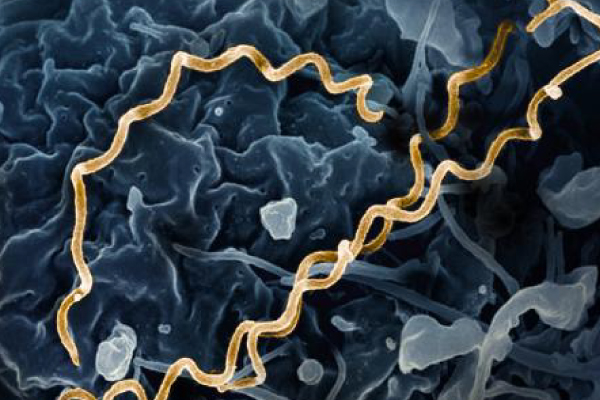
Syphilis – a curable infection that if left untreated can lead to paralysis (inability to move body parts) and even dementia (loss of memory and brain ability). There are four stages of a syphilis infection: primary, secondary, latent, and tertiary. Syphilis can have visible sores around one’s penis, vagina, lips, inside the mouth, or rectum. It can spread when a sore directly contacts another person through vaginal, oral or anal sex. Sores are often painless and appear in the primary stage. In the secondary stage, a rash, and fever can appear, including swelling in the lymph nodes. These can all go away during the latent stage – generally meaning there are no symptoms present at all. And after that syphilis can cause serious damage in the tertiary stage by damaging the heart, and brain or other organs.
Syphilis – a curable infection that if left untreated can lead to paralysis (inability to move body parts) and even dementia (loss of memory and brain ability). There are four stages of a syphilis infection: primary, secondary, latent, and tertiary. Syphilis can have visible sores around one’s penis, vagina, lips, inside the mouth, or rectum. It can spread when a sore directly contacts another person through vaginal, oral or anal sex. Sores are often painless and appear in the primary stage. In the secondary stage, a rash, and fever can appear, including swelling in the lymph nodes. These can all go away during the latent stage – generally meaning there are no symptoms present at all. And after that syphilis can cause serious damage in the tertiary stage by damaging the heart, and brain or other organs.


Chlamydia – a curable infection that can also cause serious harm if not treated immediately. Most people may not feel symptoms of this at all but it could feel like a painful sore throat or inflammation and pain where the infection leads. Chlamydia it is transmitted through sexual contact (anal, vaginal, and oral sex). It can lead to PID (Pelvic Inflammatory Disease) and the inability to conceive or become pregnant in females. Infection can be found present (and tested for) in three (3) locations of the body: the urethra, rectum (anus), and pharynx (back of throat).
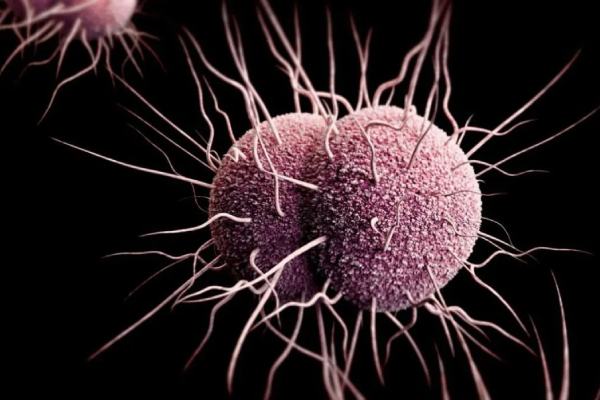
Gonorrhea – a curable infection that may feel like burning during urination, swelling in the testes, or an unusual and colorful discharge from the penis. Those with a vagina often may not feel or see symptoms though there can also be burning during urination and unusual discharge. Gonorrhea can infect the pharynx (back of the throat), the urethra, and/or the rectum (anus). If the rectum is where the infection resides there can be itching, soreness, discharge, or bleeding from the anus.
Gonorrhea – a curable infection that may feel like burning during urination, swelling in the testes, or an unusual and colorful discharge from the penis. Those with a vagina often may not feel or see symptoms though there can also be burning during urination and unusual discharge. Gonorrhea can infect the pharynx (back of the throat), the urethra, and/or the rectum (anus). If the rectum is where the infection resides there can be itching, soreness, discharge, or bleeding from the anus.

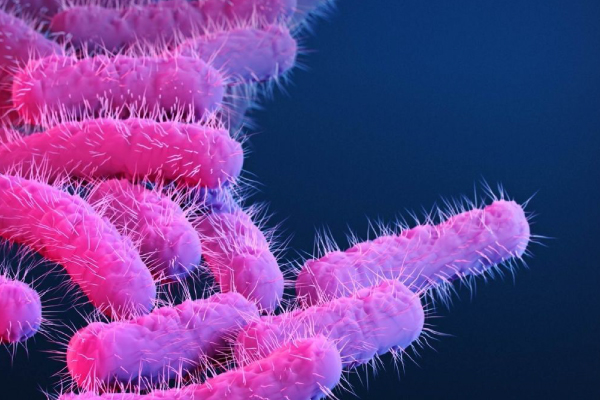
Bacterial Vaginosis (BV) – only affects a person with a vagina. BV can be treated by a doctor and can also go away on its own. BV can occur when there is too much of a bacterium within the biome of the vagina. Again, many bacteria do not harm or damage the body (and humans can be aided by bacteria); but, when there is too much or too much of a specific kind of bacteria then there can be issues. When there is this imbalance of bacteria then there can be an infection. Unfortunately, the CDC has very little research on the topic or the specific routes of infection. It is suggested to reduce one’s risk by limiting sexual partners and encounters, as well as using condoms properly.

Trichomoniasis – a curable infection and often called “trich” for short. Technically this is caused by a protozoan parasite, not a bacterium. While symptoms are often not present, symptoms can look like: itching, pain during urination, and/or discharge from the genitals and urethra. Trich can be passed to any sexual partner and it is possible to be re-infected after treatment.
Trichomoniasis – a curable infection and often called “trich” for short. Technically this is caused by a protozoan parasite, not a bacterium. While symptoms are often not present, symptoms can look like: itching, pain during urination, and/or discharge from the genitals and urethra. Trich can be passed to any sexual partner and it is possible to be re-infected after treatment.

Viral STI’s

HIV – first identified in the early 1980’s; HIV is the virus that can lead to AIDS (the disease) after many years. HIV is a human-only virus and can be spread through six body fluids (blood, semen, pre-ejaculate, vaginal fluid, anal fluid, and breast milk). There is no cure for HIV; but, taking regular medication can help to manage its effects on the blood stream and help to stop the spreading of infection. Please see our HIV 101 Online page for more information.
HIV – first identified in the early 1980’s; HIV is the virus that can lead to AIDS (the disease) after many years. HIV is a human-only virus and can be spread through six body fluids (blood, semen, pre-ejaculate, vaginal fluid, anal fluid, and breast milk). There is no cure for HIV; but, taking regular medication can help to manage its effects on the blood stream and help to stop the spreading of infection. Please see our HIV 101 Online page for more information.

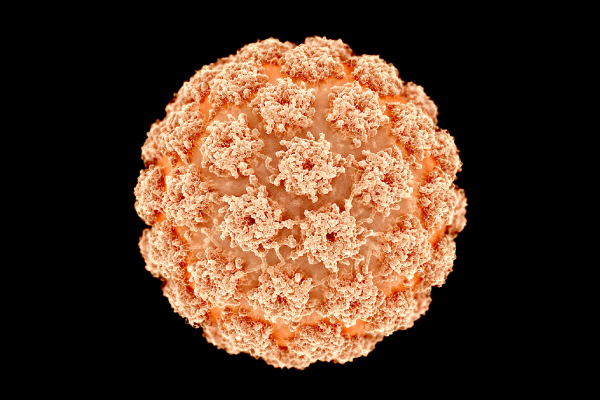
HPV – The Human Papillomavirus is surprisingly common among sexually active adults in the United States. There is no known cure for HPV at this time (2020). There are roughly one hundred different strains or variants of this virus. Many of them cause little damage to humans. Some strains can lead to genital warts, some can lead to cancer. The vaccine that is widely recommended and available may not vaccinate for all strains of the virus, but can protect against some of the versions that cause more harm than others. It is suggested to be vaccinated early in life (from teens to about twenty-six years old). Youth as young as nine (9) years old can be ready for this vaccination.
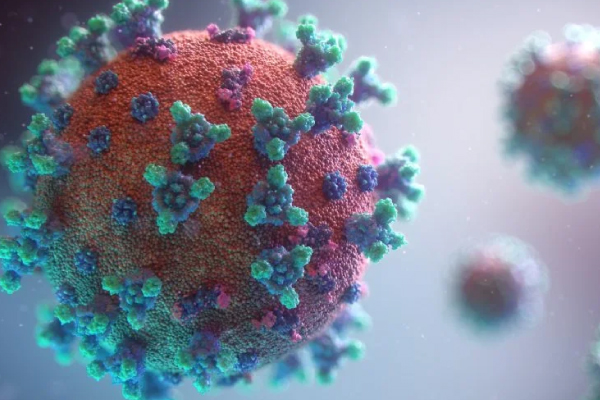
Viral Hepatitis – There are five different hepatitis viruses, labelled as letters: A, B, C, D, & E. Hepatitis is the inflammation of the liver, this can occur from non-viral hepatitis as well from toxic damage or other. Hep A and E can be spread from fecal particles to another person through ingestion – due to poor hygiene. Hep B and D can be spread through sexual fluids (semen, vaginal fluid) and blood. Hep D is considered incomplete and requires one to be infected by Hep B before Hep D would affect them. Finally, Hep C can only be transmitted through blood-to-blood contact. Oregon is ranked #1 for Hep C related deaths – and this issue has grown worse due to the rise in substance and opioid abuse. There is a vaccine for hepatitis A and B only. Please read more on Hepatitis C 101 Online here.
Viral Hepatitis – There are five different hepatitis viruses, labelled as letters: A, B, C, D, & E. Hepatitis is the inflammation of the liver, this can occur from non-viral hepatitis as well from toxic damage or other. Hep A and E can be spread from fecal particles to another person through ingestion – due to poor hygiene. Hep B and D can be spread through sexual fluids (semen, vaginal fluid) and blood. Hep D is considered incomplete and requires one to be infected by hepatitis B before hepatitis D would affect them. Finally, hepatitis C can only be transmitted through blood-to-blood contact. Oregon is ranked #1 for hepatitis C related deaths – and this issue has grown worse due to the rise in substance and opioid abuse. There is a vaccine for hepatitis A and B only. Please read more on Hepatitis C 101 Online here.

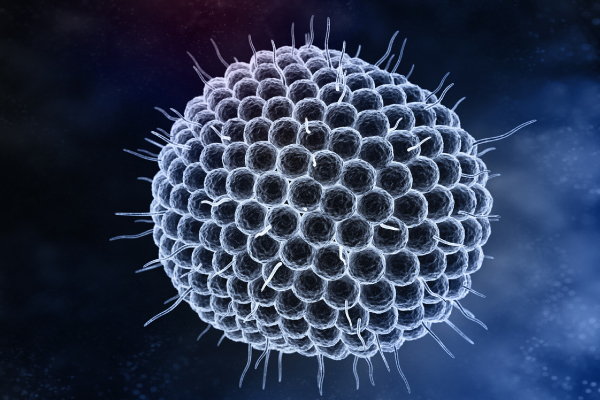
Herpes (HSV 1/HSV 2) – Herpes can look like painful sores or blisters around the mouth or genitals. HSV 1 is often seen around the mouth; and, HSV 2 is more commonly found on or around the genitals (vagina and penis). They are noticeable during an outbreak and can go away on their own with time – though there is topical ointment a person can take to speed up the recession of an outbreak. The herpes simplex virus is spread from direct contact with a sore during an outbreak. There is no cure for herpes. It is also known to be very common amongst adults. Stigma brings shame to many people with noticeable and frequent outbreaks, though many people have herpes as simple cold sores around the lips. Herpes can lead to shingles later in life.
Please the CDC website for more information on Sexually Transmitted Infections.
Sex-Education Terminology
This may not include all terms used throughout one’s sex-ed courses, but some that may be helpful during this lesson; especially for younger audiences that may not know yet.
- Vagina – female reproductive organ/genital, internal or inside the main body.
- Penis – male reproductive organ/genital, external or outside of the main body.
- Anus – opening at the end of the human digestive track. Its where our solid waste (or poop) leaves our bodies.
- Ejaculate fluid/semen – liquid that often contains sperm. This fluid will come from a penis as a result of an orgasm during sexual activity.
- Pre-ejaculate fluid – clear fluid that works to clear the urethra in a penis before an ejaculation.
- Urethra – the tube between someone’s bladder and where they urinate from.
- Abstinence – one’s choice to NOT participate in an activity. (To be sexually abstinent is to choose not to engage in sexual activity).
- Lubricant – a substance that reduces the friction between surfaces or contact.
- Condoms – a protective barrier that one might use to reduce risk in transmitting STI’s or preventing pregnancy.
- Vaginal Sex – sexual activity where a penis may enter a vagina.
- Oral Sex – sexual activity between a mouth and genitals. Mouth-penis, mouth-vagina, mouth-anus.
- Anal Sex – sexual activity where a penis may enter an anus.
Consent the Law
The agreement or permission for something to happen. The best practice is to ‘Always ask first’; a person may like an action or dislike an action but you cannot tell unless you ask them that when they are in the right mind and unpressured. Consent is ongoing – it is okay to continually check in with your partner to make sure that the both of you are on the same page about being intimate with one another. Consent is clear and direct: an absolute ‘YES’ is consensual where a timid and questioning ‘sure’ may not be; remember that NO MEANS NO. Consent is freely given between partners – meaning that no person is pressured to say or do something that they don’t want. A person must be fully aware of giving their consent – intoxicants (drugs and alcohol) make it that a person is incapable of giving their consent fully.
Click here to watch Consent is as simple as tea!
When it comes to consent and the law in Oregon; one must be 18 years old to legally consent to any sexual encounter. If one or both partners are under 18 years of age then it is considered statutory rape.
Please read more on Oregon Consent Laws and what consent looks like in these sources:
- https://www.oregonlaws.org/ors/163.305
- https://www.oregonlaws.org/ors/163.305
- https://www.portlandcriminaljustice.org/notable/oregon-consent-laws/
- https://www.ageofconsent.net/states/oregon
- https://www.rainn.org/articles/what-is-consent
- https://www.healthline.com/health/guide-to-consent#what-is-consent
Protecting Yourself from STI’s
Sexual Abstinence is the only 100% effective way to avoid any unwanted sexually transmitted infections or unwanted pregnancy. Abstinence is the act of not participating in something. Sexual Abstinence can look different to many different people. Some see it as not having sexual encounters before a certain age or marriage; some see it as not being sexually active for a period of time (even if they’ve had sex before). It’s up to you to decide what that means for yourself.
Using contraceptive tools, like condoms and lubrication, can help to reduce the risk of transmission of any STI or pregnancy. Condoms are effective barriers to prevent sexually transmitted infections. Using lubrication can help to reduce friction and tearing of the skin during sex. Reducing the number of sexual partners, one has can help to reduce the risk of sexually transmitted infections. In addition, mutually monogamous partnerships along with STI testing is effective to prevent the spread of infection.
Condoms may not always work – though they have very great benefits, they cannot protect the entire body/skin of one’s body and condoms can break if used improperly. Make sure to store a condom away from extreme heat or cold, do not leave it in your wallet or someplace where it maintains friction. When It comes to oil-based lubrication – a condom could easily tear as oil breaks down the condom materials (it could break!). Also, viruses like Herpes (HSV 1 or 2) are transmitted from skin-to-skin contact, and if there is an outbreak on the skin that is not covered by a condom – that virus can spread easily to another person’s skin.
Mutually monogamous relationships provide the least amount of risk in transmitting STIs to or from an intimate partner. Mutually monogamous partnerships are when only two people agree to be together romantically and/or physically. Having a mutually monogamous relationship paired with early STI testing and open communication skills helps to provide the best coverage from contracting or spreading a sexually transmitted infection to a partner. If both partners do not have STIs then there is little need to continue testing throughout one’s relationship; however, should a relationship not be mutually monogamous then regular testing is recommended to make sure one is aware if/when they transmit an STI. The goal is not to get an STI; but regular testing helps to ensure that if it happens, that a person knows about it and is able to access treatment or support.
Finally, being willing to talk about STI testing with your partners can help to deter from transmission as well. For some, this conversation feels uncomfortable and difficult. Talking openly and honestly with a sexual partner can help to better communication and comfortability with that person.
How and Where to get Tested?
There are many ways to be tested for Sexually Transmitted Infections. You can ask your primary doctor either during a check up or ask for a specific check up regarding STI’s and STD’s. If you feel any unexplained pain in the groin or genitals, it is recommended to see a doctor. There are other clinical options as well. Each county health office will be able to point you in the right direction of where you can be tested at a lower cost and agencies like HIV Alliance or Planned Parenthood offer testing as well.
Find this resource valuable?
Thank you for participating in STI 101 Online! We hope that you have gained new insight and will share that knowledge with others. HIV Alliance is offering STI 101 Online as a free resource because we believe that increasing accessibility of sexual health education is critical to preventing new infections. At the same time, our education program depends on the support of our community. If you found this course valuable and would like to make a donation to our education program, click the Donate button below. Any size contribution is deeply appreciated.
